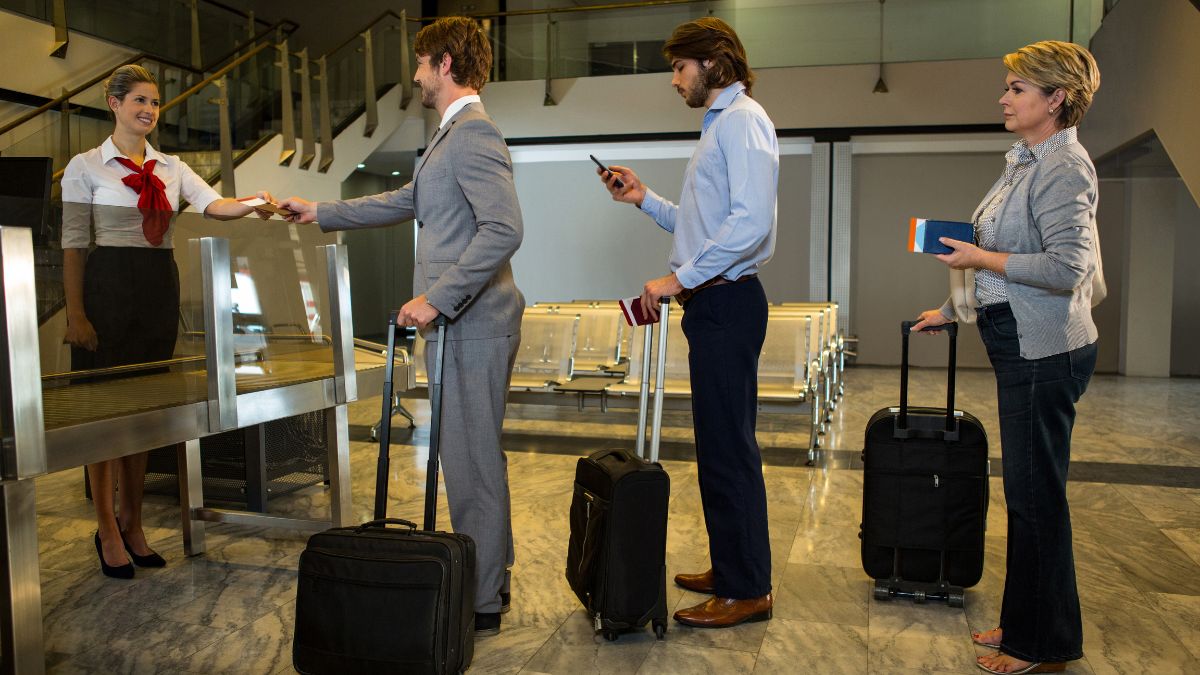Jacksonville Flight Discontinuations: A Deep Dive into the Silent Shift
In recent times, one subtle yet significant change has been occurring in American air travel: the quiet removal of certain routes from Jacksonville’s flight schedule. While not always making headlines, these shifts hold strong implications for the city, its economy, and the broader travel ecosystem.This article explores the story behind Jacksonville flight discontinuations—why they happen, who they affect, and what could come next.
The Changing Air Landscape in Jacksonville
Jacksonville, Florida has long served as a mid-tier air travel hub, connecting travelers to major cities across the United States. Its airport, Jacksonville International Airport (JAX), has typically offered a healthy balance of business, leisure, and connecting flights. However, in the past few quarters, travelers have started to notice fewer destination options.
Whether it’s a popular business route or a seasonal flight to a tourist destination, certain routes are no longer available. These changes are not always sudden, but they are becoming more noticeable.
What Triggers a Flight Discontinuation?
To understand what’s happening, it helps to look into the reasons an airline might cancel a route. These include:
- Low Passenger Demand: If flights consistently leave with empty seats, the route may not be financially viable.
- Operational Costs: Rising fuel prices, labor costs, and airport fees make certain flights more expensive to operate.
- Airline Strategy Shifts: Carriers may refocus on more profitable hubs, reroute aircraft, or reduce regional service.
- External Forces: Weather events, global health concerns, and government regulations can also impact schedules.
When these forces converge, airlines may quietly pull back from specific routes, and Jacksonville has not been immune to these decisions.
Key Routes That Have Vanished
Several formerly available flights to and from Jacksonville have either been reduced in frequency or removed altogether. Some were daily departures to smaller regional cities, while others included connections to larger hubs. While the exact list changes over time, many travelers have felt the absence of:
- Non-stop service to secondary airports in the Northeast
- Direct connections to Midwestern business centers
- Seasonal routes to mountain or desert destinations
The loss of these routes limits options for both leisure travelers and professionals, forcing some to connect through other airports or abandon certain trips altogether.
The Economic Ripple Effect
Flight routes don’t just impact convenience—they play a role in local economic strength. When a flight disappears, the effects stretch far beyond ticket sales. Local businesses, especially those that rely on tourism or out-of-town clients, feel the squeeze.
Fewer incoming passengers can mean:
- Lower hotel occupancy rates
- Fewer car rentals
- Reduced traffic to restaurants and entertainment venues
Furthermore, local corporations that depend on air access for clients or partners may find Jacksonville less attractive as a base of operations. In a world where fast travel options matter, the absence of direct routes can hurt competitiveness.
Community and Traveler Reactions
Frequent flyers and residents alike have voiced concerns. For many, the changes are not just inconvenient—they’re frustrating. It often means longer travel times, increased layovers, or higher ticket prices due to limited supply.
Business travelers, in particular, have expressed concern over lost productivity. A trip that once took a few hours might now stretch across most of the day.Leisure travelers, meanwhile, face the discouragement of fewer vacation options, especially when once-popular seasonal routes disappear without notice.
Airline Priorities and Profit Models
Airlines operate on tight margins and data-driven logic. Every route is analyzed for profitability. If a route doesn’t deliver the expected revenue, it is at risk of being removed.
In the case of Jacksonville, being a mid-sized airport, it faces unique pressures. It is neither small enough to receive government-subsidized Essential Air Service funding, nor large enough to command the attention of major hub expansions. As a result, Jacksonville’s place in the flight map is often a reflection of strategic shifts happening within airline boardrooms.
Regional Competition
Another factor to consider is the regional competition. Larger airports within driving distance—like Orlando or Atlanta—offer more connections and cheaper options due to their scale. Some travelers from Jacksonville are now opting to drive a few hours for better flight deals or nonstop options, which further reduces demand for Jacksonville routes.
This trend creates a cycle: fewer travelers at JAX leads to fewer routes, which in turn drives even more travelers to seek other airports.
Could Jacksonville Rebound?
While flight discontinuations seem like a setback, they’re not necessarily permanent. Air travel patterns shift all the time, and routes that vanish one year may return the next under new conditions. Several factors could lead to recovery:
- Increased Local Demand: If more residents fly frequently, airlines may reinstate or add flights.
- Tourism Campaigns: Boosting the city’s national visibility can attract new visitors and routes.
- Business Growth: If Jacksonville lands new companies or major events, it could drive demand for specific routes.
- Airport Investments: Improvements in facilities, partnerships, and technology can make JAX more appealing to carriers.
The key lies in collaboration between the city, airport authorities, and airline stakeholders to reestablish Jacksonville’s importance in regional air traffic.
What Travelers Can Do in the Meantime
While passengers cannot directly influence airline route decisions, they can adapt by:
- Booking Early: Routes with fewer options tend to fill fast.
- Exploring Nearby Airports: Checking options from cities within a few hours’ drive.
- Giving Feedback: Letting airlines know which routes are missed through surveys or customer service channels.
- Using Alternate Transportation: For shorter trips, consider rail or car travel if flights are no longer available.
Looking Ahead: A Changing Travel Map
The story of Jacksonville flight discontinuations is not unique. It mirrors broader trends in American domestic air travel. Airlines are streamlining operations, passengers are adapting to new routines, and airports are trying to stay competitive.
While frustrating in the short term, these changes might ultimately lead to a more resilient, flexible travel environment. Jacksonville’s future on the air map depends on how quickly it can adapt and how strongly its community voices the need for better air connectivity.






